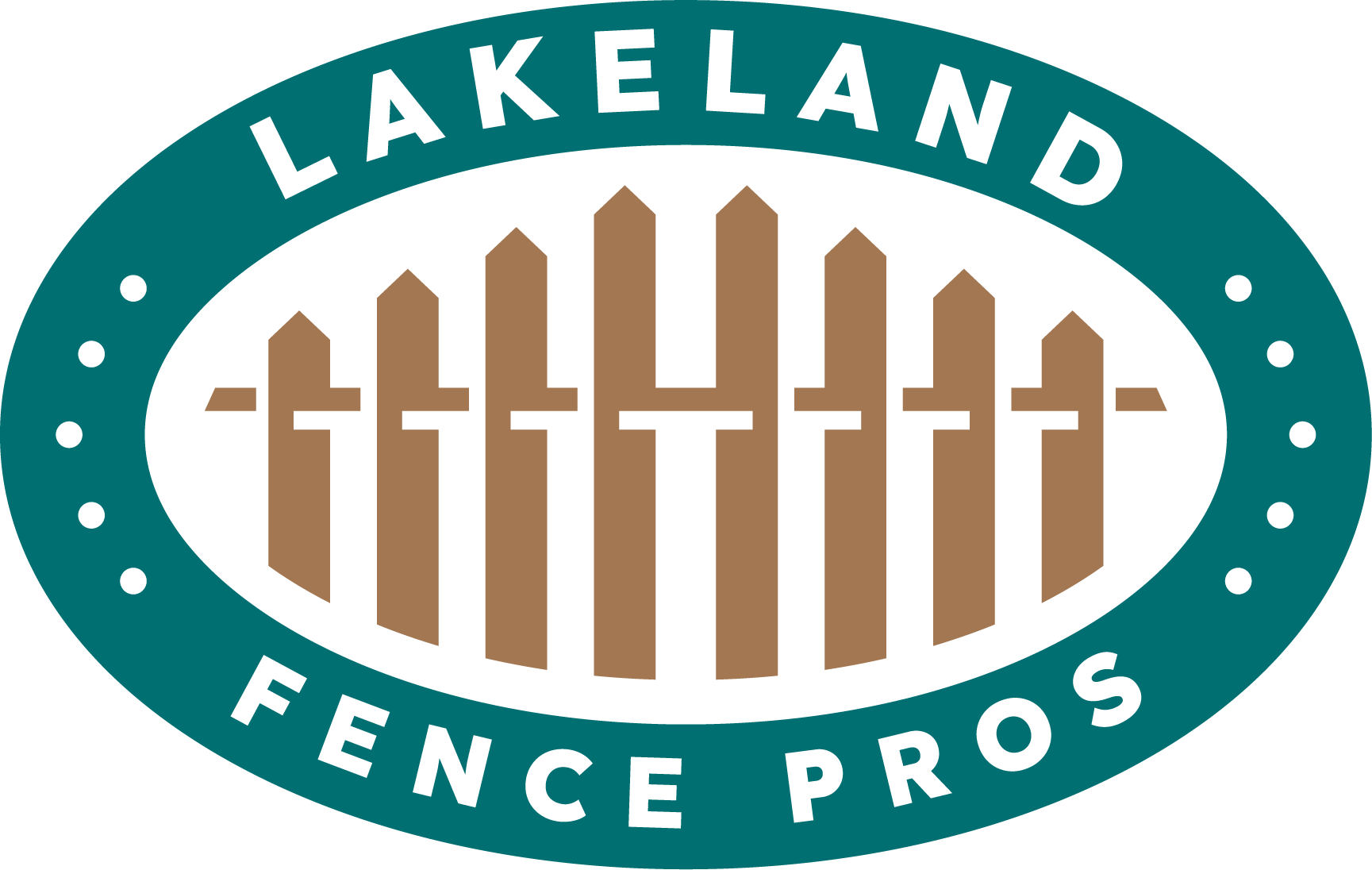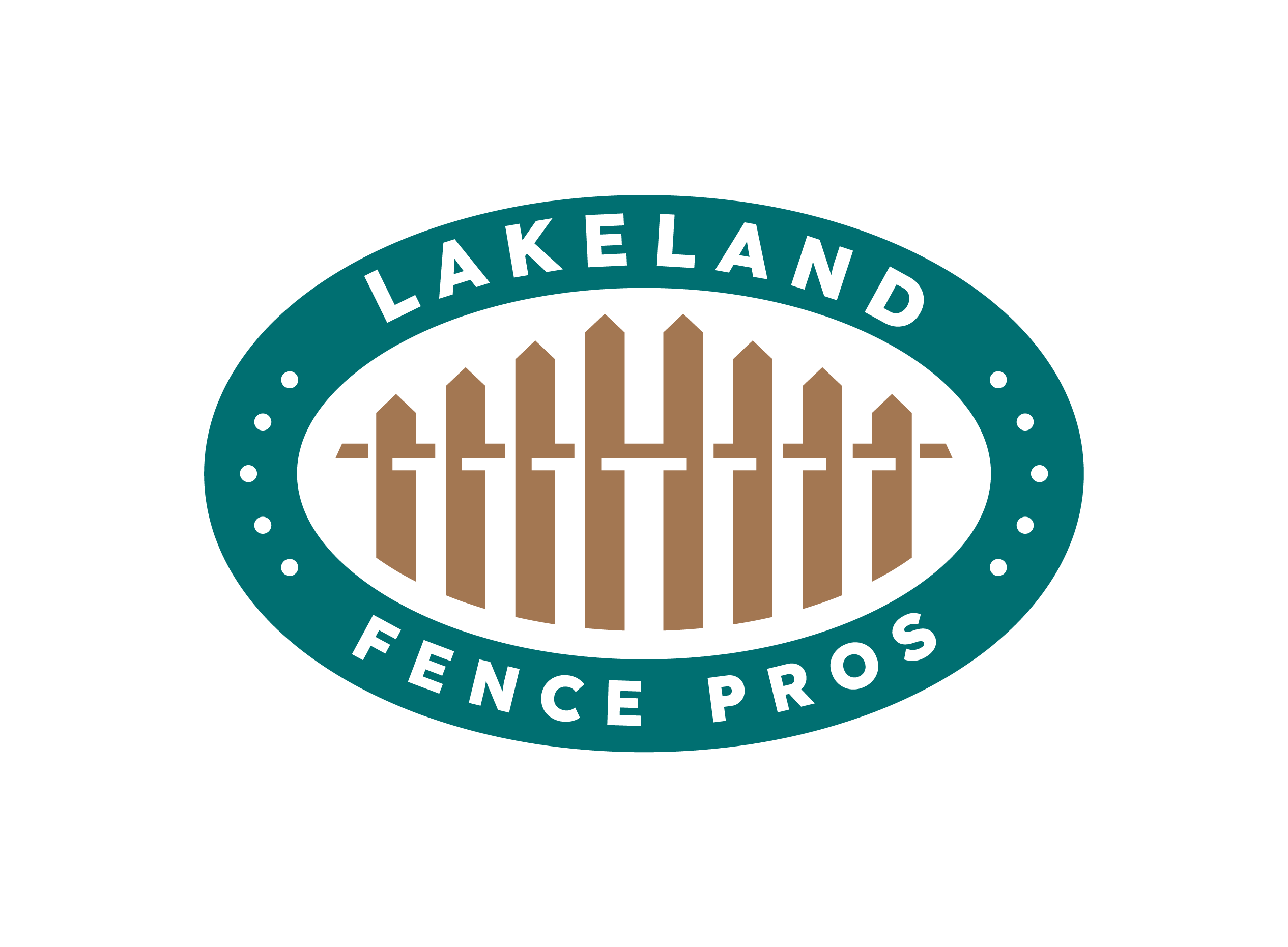For farmers and ranchers in Lakeland, Polk County, and throughout Central Florida, keeping animals safe and contained is one of the biggest priorities. A dependable livestock fence does far more than just mark your property line—it protects cattle, horses, goats, sheep, and other animals while keeping predators and unwanted intruders out.
At the same time, a properly designed fence helps manage grazing areas, control herd movement, and make daily farm operations more efficient. Whether you’re raising horses near Lake Hancock, running cattle on open pasture in Polk County, or caring for a small herd of goats on a homestead, the right livestock fence is a must-have.
This step-by-step guide will walk you through how to plan, build, and maintain a durable livestock fence that fits your land and serves you for years to come.
Step 1: Decide What Type of Fence You Need
Different animals require different fencing styles. Choosing the right system will make your fence safer and more effective.
-
Cattle – Barbed wire or high-tensile wire is a cost-effective solution.
-
Horses – Smooth wire, wood, or vinyl fencing is safer to prevent cuts and injuries.
-
Goats and Sheep – These animals are notorious escape artists, so woven wire with smaller openings is usually necessary.
-
Poultry and Small Animals – Mesh or netting works well to contain them and protect against predators.
In Polk County, some farmers also add electric fencing as a backup measure, especially in rural areas where coyotes and stray dogs can be an issue.
Step 2: Plan Your Fence Layout
Every successful project begins with a good plan. Walk the property line where you want to install the fence and measure carefully.
-
Use stakes and string to mark the fence line.
-
Plan for gates in convenient areas for vehicles, livestock trailers, or moving animals.
-
Note natural obstacles like trees, uneven ground, or swampy areas that may require adjustments.
Here in Central Florida, sandy soil can shift, so your fence layout should also account for soil stability to avoid leaning posts later.
Step 3: Gather the Right Materials and Tools
Before you start digging, make sure you have everything you’ll need.
Materials:
-
Treated wood posts, steel T-posts, or durable corner posts
-
Fencing material (barbed wire, woven wire, mesh, or wood boards)
-
Gates and heavy-duty hardware
-
Fasteners such as staples, nails, or clips
-
Concrete or gravel for securing posts
Tools:
-
Post-hole digger or auger
-
Level and measuring tape
-
Wire stretcher and fencing pliers
-
Hammer or drill
-
Gloves and safety gear
Getting organized ahead of time saves frustration and ensures the job moves smoothly.
Step 4: Install Corner and End Posts
Corner and end posts are the backbone of your fence. They carry most of the pressure from the wire and fencing material, so they need to be set properly.
-
Dig holes 2–3 feet deep or more, depending on the soil.
-
Use concrete footings for extra stability.
-
Brace corner posts with diagonal supports.
-
Allow posts to cure before adding wire or boards.
If your corner posts are weak, the rest of your fence will suffer.
Step 5: Set Line Posts
Once your corners are in place, it’s time to install line posts along the fence route.
-
Space posts evenly, typically every 8–12 feet.
-
Keep posts aligned using your guide string.
-
In sandy Polk County soil, secure posts with tamped gravel or concrete.
-
Check each post with a level to prevent leaning.
Even spacing ensures your fence looks neat and functions properly.
Step 6: Attach the Fencing Material
This is where your fence really takes shape.
-
Secure the fencing at one end and stretch it tightly.
-
Use a wire stretcher to remove slack.
-
For wood fencing, fasten boards with screws or nails.
-
Check for consistent tension to prevent sagging.
A loose fence won’t contain livestock for long, so take your time and do it right.
Step 7: Install Gates
Your fence isn’t complete without well-placed gates.
-
Choose gate locations that make daily chores easier.
-
Use extra-strong posts set in concrete to hold up under repeated use.
-
Attach gates with heavy-duty hinges and latches.
-
If you use large equipment, consider wider double gates for easier access.
Step 8: Inspect Your Work
Walk the fence line before calling the job done.
-
Check for loose posts, sagging wire, or gaps.
-
Test gates to ensure they swing properly and latch securely.
-
Reinforce any weak spots before moving animals in.
Step 9: Maintain Your Fence Regularly
No matter how strong your fence is, it will eventually need attention. Regular maintenance will help you get decades of use out of it.
-
Inspect after storms or heavy winds.
-
Replace broken posts or boards quickly.
-
Tighten wires that have loosened over time.
-
Keep vegetation trimmed to prevent damage.
In Florida’s humid, rainy climate, this upkeep is especially important to avoid rot and rust.
Why Polk County Farmers Trust Professional Fence Installation
While some landowners build their fences themselves, many in Lakeland and Polk County rely on professionals like Lakeland Fence Pros. Why?
-
Local Expertise – We know how to work with Central Florida’s sandy soil and unpredictable weather.
-
Durability – Our fences are built to last, using the best materials for Florida’s climate.
-
Efficiency – A job that may take weeks on your own can often be completed in a matter of days.
-
Peace of Mind – You’ll know your livestock is secure behind a properly installed fence.
Final Thoughts
A livestock fence isn’t just another farm project—it’s an investment in your animals, your land, and your peace of mind. With the right planning, materials, and construction techniques, your fence can last for decades, keeping animals safe and making your daily routine easier.
Whether you’re running a large ranch or a small family homestead, a strong fence is the foundation of your success.
📞 Call Lakeland Fence Pros Today
Don’t let your livestock roam or risk predator damage. At Lakeland Fence Pros, we provide expert farm and ranch fencing installation tailored to Polk County’s unique needs. From cattle fencing to horse paddocks, our team builds strong, reliable fences that stand the test of time.
👉 Call us today at 863-617-7292 for your free estimate and let’s build a fence that protects your animals and your property!

